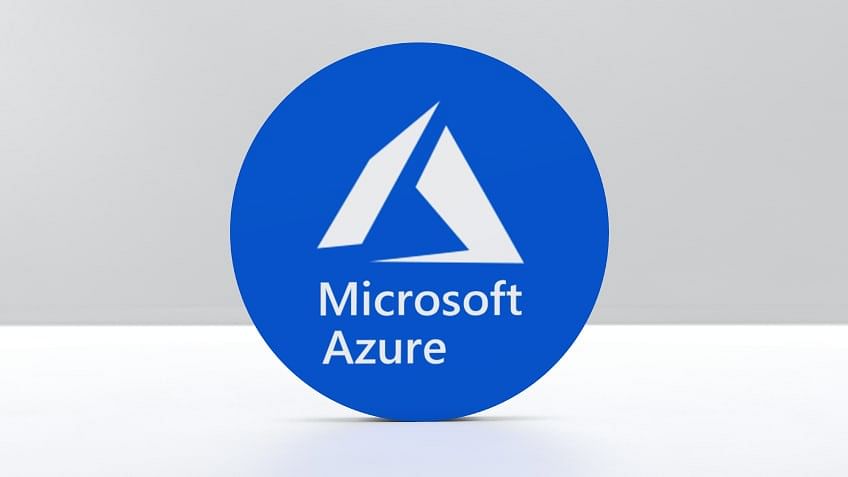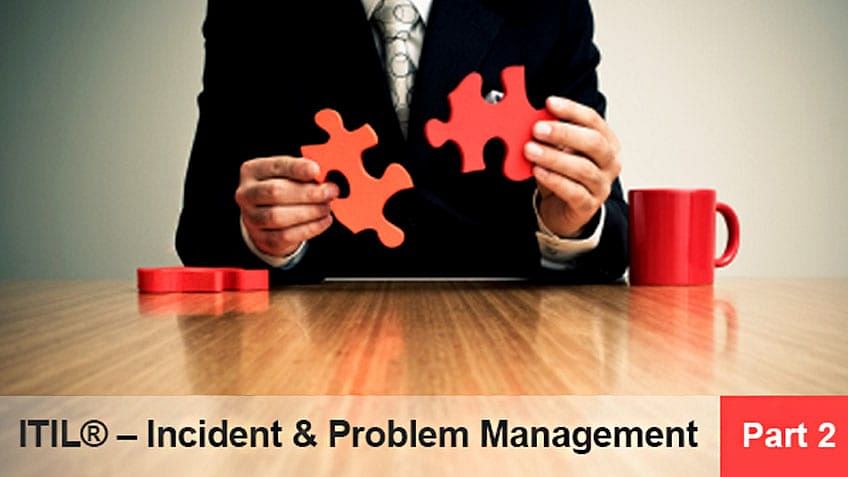HomeResources
Resources
Explore insights, tips, and articles written by experts in a range of professional domains.
 ArticleLast updated on Apr 22, 2025
ArticleLast updated on Apr 22, 2025Top AI and Machine Learning Programs for 2025
 ArticleLast updated on Jul 15, 2024
ArticleLast updated on Jul 15, 2024Is AI Hard to Learn?
 WebinarMay 20, 2025
WebinarMay 20, 2025An AI & ML Course Without the Fluff: Build Skills That Get You Hired
 WebinarMay 21, 2025
WebinarMay 21, 2025How to Score a 35+ out of 40 in Your ITIL 4 Foundation Exam: Tips and Strategies f…
Browse the categories
Data Science & Business Analytics(501)
View All
Top 50 Kafka Interview Questions and Answers for 2025

Top 50 Kafka Interview Questions and Answers for 2025

Free eBook: Top Programming Languages For A Data Scientist
AI & Machine Learning(457)
View All
Kimi AI: What Sets Kimi k1.5 Apart in the AI Landscape?

Best IT Courses for Tech Professionals in 2025

Artificial Intelligence Career Guide: A Comprehensive Playbook to Becoming an AI Expert
Project Management(490)
View All
How to Create a Project Report: Objectives, Components, Use Cases, and Examples

Top 50+ PMP Exam Questions and Answers for 2025

An Introduction to Project Management: A Beginner’s Guide
Cyber Security(295)
View All
Top 18 Kali Linux Tools for 2025

Top Cyber Security Projects for Every Skill Level in 2025

Cybersecurity Trends: Where the Industry Is Heading in an Uncertain 2024
Cloud Computing(329)
View All
30 Azure Databricks Interview Questions and Answers (2025)

What is Azure Network Security Group (NSG)? Network Security Simplified

Azure Interview Guide
DevOps(134)
View All
What are DevOps Projects? Top DevOps Project Ideas

How to Enable Virtualization: Step-by-Step Guide

Getting Started With AIOps
Business and Leadership(293)
View All
10 Major Leadership Theories Every Manager Should Master in 2025

Business Analyst Job Description: Salaries and Skills for 2025

Skilling for the Digital Economy: A Role-Based Approach
Quality Management(112)
View All
What is Six Sigma: Everything You Need to Know About it

Six Sigma Control Plan - Needs and Strategies

Free eBook: Top 25 Interview Questions and Answers: Quality Management
Software Development(1130)
View All
Top Infosys Interview Questions and Answers for 2025

Top 50+ Salesforce Interview Questions and Answers

Blockchain Interview Guide
Agile and Scrum(122)
View All
What is a Product Owner: Key Roles and Responsibilities Explained

Insights Into Certified Scrum Master Salary in India

CSM Study Guide: Master Scrum in 48 Hours
IT Service and Architecture(123)
View All
Enterprise Architect Interview Questions

The Business End of IT: Upskilling IT Professionals to Master ITSM

Role of an Enterprise Architect
Digital Marketing(675)
View All
How To Make A YouTube Video Viral?

How to Become a Content Writer?

SEO for Video
Big Data(144)
View All
What Is Data Processing

Top Data Engineering Tools 2025: Unleash Your Potential

Big Data Career Guide: A Comprehensive Playbook to Becoming a Big Data Engineer
Career Fast-track(194)
View All
What is Interpersonal Communication? Skills, Types, and Examples

Top Career Options After BCA

The State of Upskilling in 2023
- Acknowledgement
- PMP, PMI, PMBOK, CAPM, PgMP, PfMP, ACP, PBA, RMP, SP, OPM3 and the PMI ATP seal are the registered marks of the Project Management Institute, Inc.








